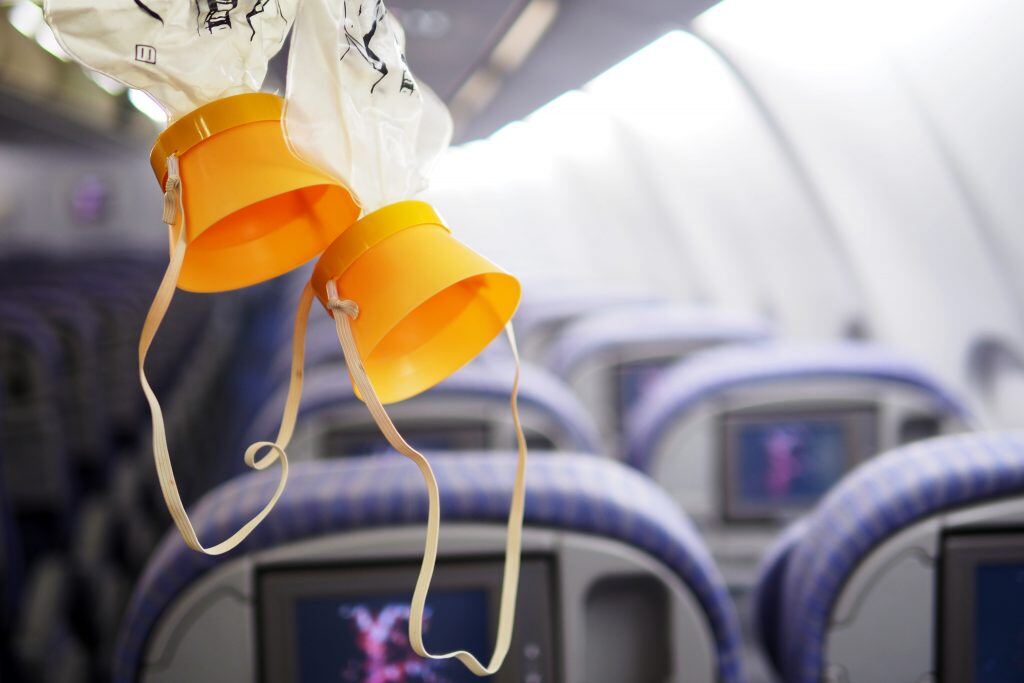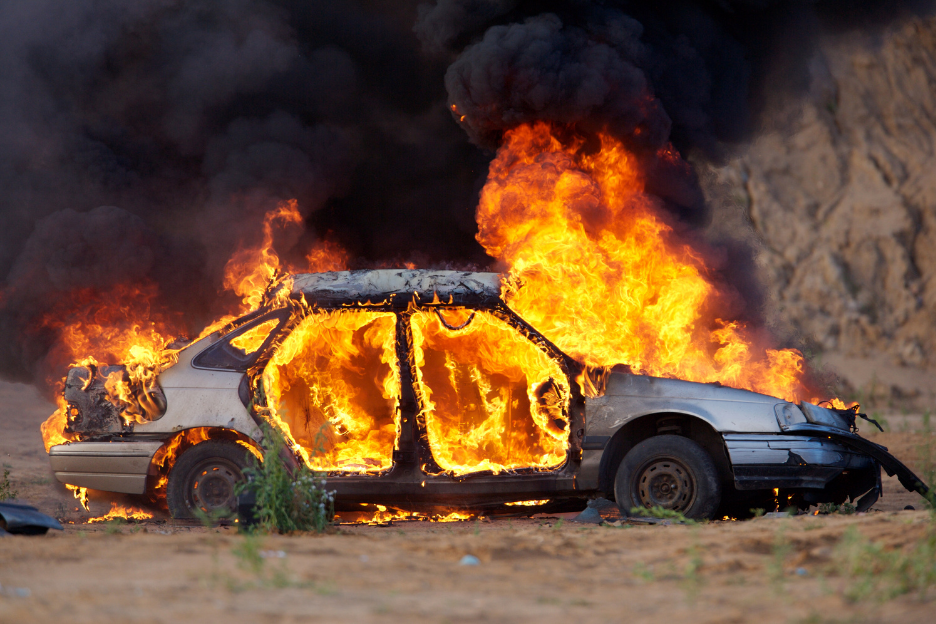10 Safety Tips for Solo Female Travelers
Traveling internationally as a woman can be an enriching and empowering experience. However, staying safe should always be a top priority. Here are...
2 min read
msadmin : May 8, 2019

“On May 5, an Aeroflot (SU) Sukhoi Superjet 100 SSJ 100 operating Flight SU-1492 caught fire during a hard landing at Moscow’s Sheremetyevo International Airport (SVO), killing at least 41 of the 78 people onboard. The aircraft was bound for Murmansk Airport (MMK) but returned to SVO shortly after takeoff. The causes of the accident and subsequent fire are still under investigation, but the accident highlights how crucial it is for passengers to prepare for evacuations and listen to flight attendants when one occurs” –WorldAware
Tragically, only 37 of the 78 passengers aboard Flight SU-1492 were able to safely evacuate. According to the airline, everyone who survived the disaster escaped the airplane within a minute of it coming to a stop. Many survivors have credited the flight attendants with helping them get to safety. Russian media reports that have not been confirmed state that some passengers delayed the evacuation by trying to retrieve their luggage from overhead bins.
The U.S. National Transportation Safety Board (NTSB) states that an airliner evacuation occurs an average of once every 11 days in the United States alone. Although most are not nearly as severe as that on Flight SU-1492, passengers can increase their chances of emerging from an evacuation unharmed by taking a few simple steps before, during, and after evacuating an aircraft (Information from WorldAware).
BEFORE
DURING
AFTER
The devastating events of Aeroflot Flight 1492 prove just how crucial it is to follow aircraft evacuation instructions. Click here to read the full article.
.jpeg)
Traveling internationally as a woman can be an enriching and empowering experience. However, staying safe should always be a top priority. Here are...

2 min read
Dr. Bill Pope, President of MissionSafe, was a panelist for the Standards of Excellence in Short Term Mission (SOE) webinar regarding COVID-19. He...

1 min read
Civil unrest can range from small, planned rallies to large-scale demonstrations and rioting. Most incidents are related to labor disputes or...